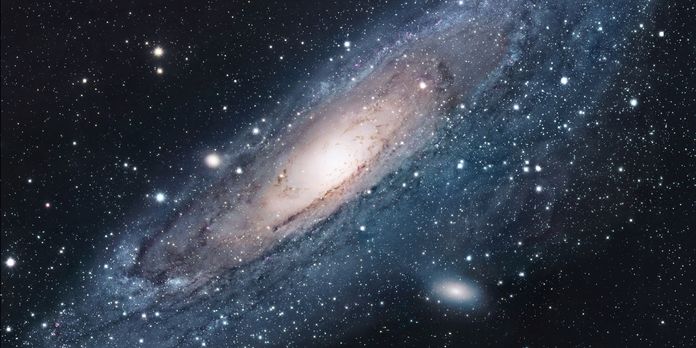As hypersleep technology is not yet possible so stellar colonization will have to occur without hi-tech sleeping pods that can let human beings sleep for desired centuries without aging as shown in a movie Passengers. Colonization will be carried out by people, fully awake and increasing digits to their ages.
To imagine this scenario, consider a space voyage that leaves the Earth for interstellar colonization and it takes 90 years to cover the 4 light-years distance to our nearby star, let’s say Proxima Centauri.
The voyage or rocket leaves carrying 1000 human beings on board, with equal numbers of male and female who volunteered for space adventure from a variety of professions including engineers, scientists, crew, teachers, and doctors, etc.
On arriving at the destined stellar system, it will have the resources to create a copy of itself.
Ten years after arrival and one hundred years after its departure from Earth, two ships will be able to depart from the 1st stellar system, leaving behind a self-sustained colony if a habitable environment will be available.
In further 100 years, more two ships will be constructed, each having two new destinations about 4 to 5 light-years away from the 1st stellar system. How it will be going to sound like?
Assume that humans onboard the voyage is 25 years old during departure and live for 75 years (an average human age). Then, suppose that couples on the ship will have an average of four children and that their children and grandchildren and so on, will have offspring after 25 years. Then, how many generations will stay alive till arrival and what will be the population?
The first generation of 500 couples will produce 4 × 500 = 2000 offspring.
In 25 years, these children will increase up to 4 × 1000 = 4000 grandchildren.
Fifty years onboard, the first generation will die but 4 × 2000 = 8000 great-grandchildren will be born.
In 75 years, the number of additions will become doubles to 16,000 great-great-grandchildren, but the second generation will have died till then.
This leaves a population of 24,000 having two generations: 16,000 humans in their mid-twenties and 8000 humans of age 50, approx.
Transcending 4 to 5 light-years in 100 years, the human species would likely to start colonizing the other edge of the Galaxy that will be 100,000 light-years far after 1 Mega-annum (a million years).
After this time, sustained with enough resources, the initial population of 1000 on the first voyage that left the earth for the 1st stellar destination will have been increased to 10 raised to the power 6 living beings per 25 years that is 40,000 times. It’s an uncountable exponential growth of 2 raised to the power 40000.
The number of spaceships will become double after 100 years, and after about 30,000 years there will be as many ships as there are stars in the Galaxy.
Apart from theory, on experimental grounds, this calculation reveals that it is the limitation of resources, not the technology that will refrain us from galactic colonization without hyper-sleep or cryo-technology. Also add other issues like probable disputes among the crew that can deviate them from their destined task and incredible journey, an event of a catastrophe on the 1st voyage, a rebellious act by any being, Psychological factors, emotions and other hurdles which can let the life on-board to failure.


























Leave a Reply